The Nar Phu Valley Trek in Nepal’s Annapurna region promises an unforgettable 9-night, 10-day adventure for trekkers seeking a seamless blend of culture and natural splendor. Crossing the challenging Kang La Pass at 5,322 meters, explorers will discover remote Tibetan villages, the unique Tashi Lhakhang Monastery, and an abundance of diverse wildlife and vibrant flora. With guided support and carefully curated logistics, this trek offers a truly extraordinary journey that leaves little to the imagination. But to truly appreciate the depth of this experience, one must venture…
Key Points
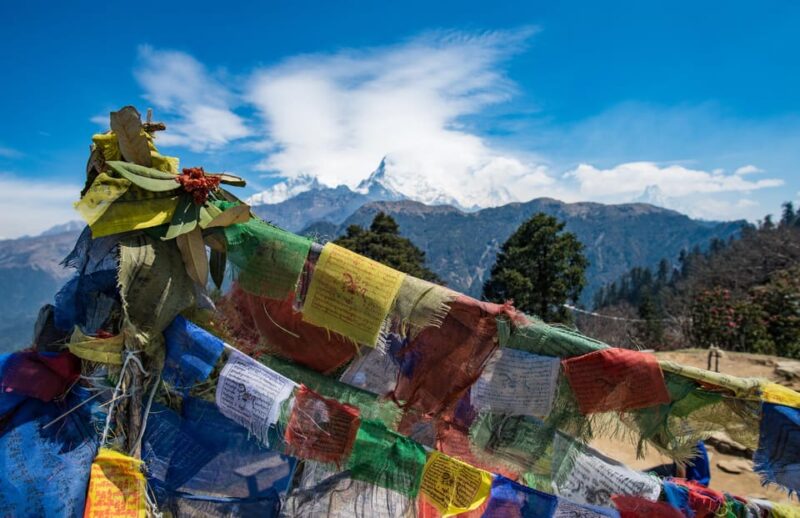
- The Nar Phu Valley Trek is a 9-night, 10-day journey through the Annapurna region, offering rich Tibetan cultural experiences in remote villages.
- The trek includes crossing the challenging Kang La Pass at 5,322 meters, providing breathtaking views and diverse wildlife and flora.
- Permits are required for this restricted area, ensuring compliance with regulations and supporting conservation efforts.
- Accommodations during the trek are basic teahouses and lodges, while meals feature local Nepali cuisine.
- Experienced English-speaking guides and porters facilitate a seamless trekking experience, allowing participants to focus on the breathtaking scenery and personal well-being.
Trek Overview
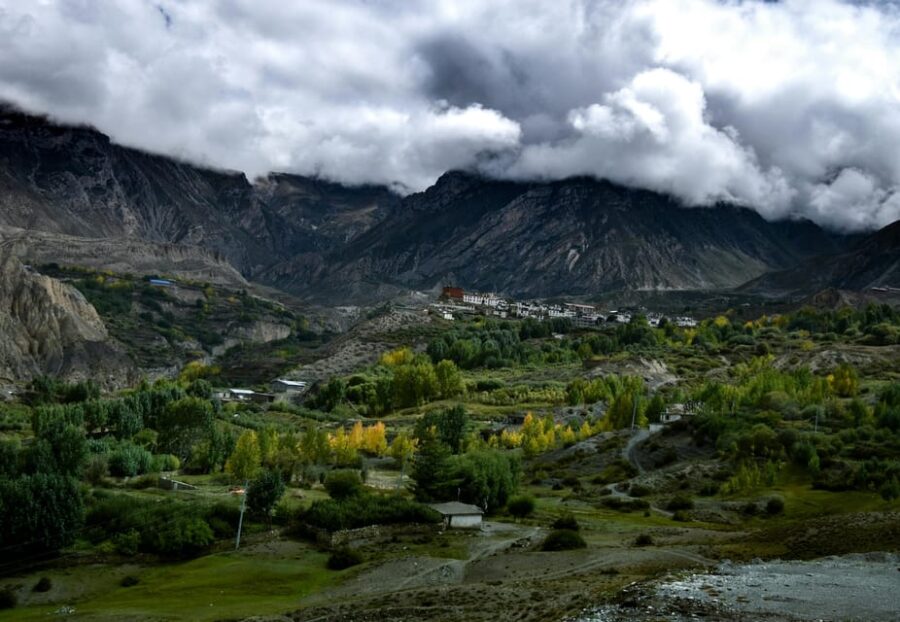
What makes the Nar Phu Valley Trek a unique trekking experience in the Annapurna region of Nepal? This 9-night, 10-day trek offers an immersive journey through the stunning Nar Phu Valley.
The trek is rich in Tibetan culture, with remote villages, the Tashi Lhakhang Monastery, and the challenging Kang La Pass at 5,322 meters. Trekkers will be rewarded with breathtaking landscapes, diverse wildlife, and vibrant flora.
The Nar Phu Valley is a hidden gem, making this trek a truly off-the-beaten-path adventure in the heart of the Himalayas.
With permits required to access this restricted area, the Nar Phu Valley Trek provides a rare opportunity to experience Nepal’s cultural and natural wonders.
Ready to hit more trails? More hiking adventures we feature in Pisang
Itinerary Breakdown
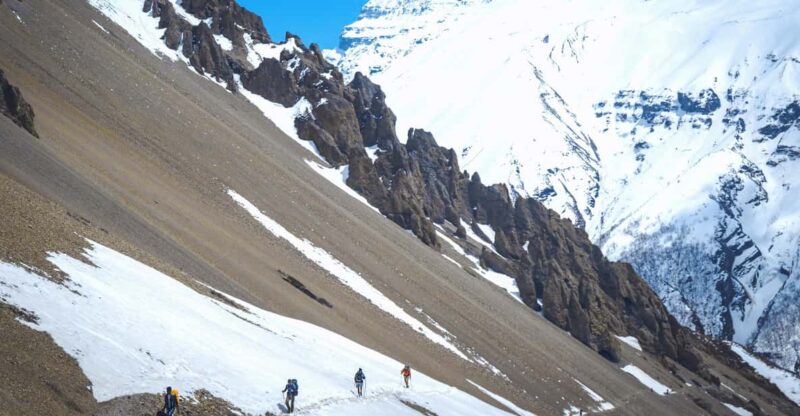
The Nar Phu Valley Trek‘s 10-day itinerary takes trekkers on a captivating journey through the rugged landscapes of Nepal’s Manang District.
Highlights include:
- Crossing the Kang La Pass at an impressive 5,322 meters, offering panoramic views of the Annapurna range.
- Taking in the rich Tibetan culture of remote villages like Phu Gaon and Nar.
- Visiting the historic Tashi Lhakhang Monastery, known for its unique architecture and spiritual significance.
Trekkers will start in Kathmandu, drive to Koto, and gradually ascend through pastoral landscapes and high alpine valleys, before descending to Besisahar and returning to the capital.
This trek promises a truly off-the-beaten-path adventure in one of Nepal’s most captivating regions.
Accommodation and Meals
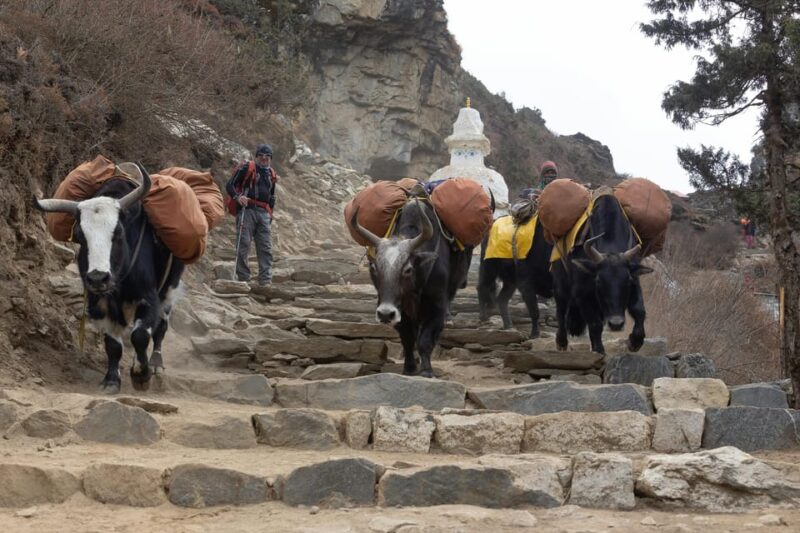
During the Nar Phu Valley Trek, trekkers will stay in a mix of accommodations. In Kathmandu, they’ll enjoy 2 nights in twin-sharing hotel rooms. While on the trek, they’ll overnight in traditional teahouses and lodges. These provide basic but comfortable shared dormitory-style accommodations. All meals during the trek are included, providing a variety of local Nepali cuisine. A sample daily menu is shown below:
| Meal | Menu |
|---|---|
| Breakfast | Porridge, eggs, bread, tea/coffee |
| Lunch | Daal, rice, vegetables, salad |
| Dinner | Noodles, momos, soup, dessert |
This all-inclusive package ensures trekkers can focus on the journey without worrying about logistics.
Permits and Transportation
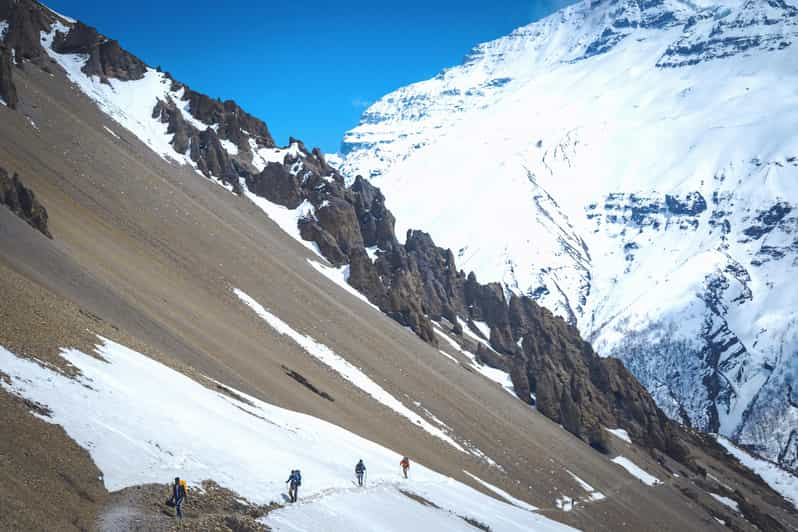
Securing the necessary permits to undertake the Nar Phu Valley Trek forms a critical part of the planning process.
The trek requires two permits: the Annapurna Conservation Area Permit (ACAP) and the Restricted Area Permit for Nar Phu Valley. These permits ensure trekkers comply with regulations and contribute to the conservation efforts in the region.
Transportation during the trek is provided, including:
- Airport transfers in Kathmandu
- Ground transportation from Kathmandu to the starting point in Koto, and from Besisahar back to Kathmandu
- All necessary transportation between the various trekking destinations
These logistical arrangements are carefully coordinated to make the Nar Phu Valley Trek a seamless and enjoyable experience for participants.
More Great Tours NearbyGuides and Porters
Experienced English-speaking guides lead the Nar Phu Valley Trek, ensuring participants’ safety and enhancing their understanding of the region’s rich cultural heritage.
These knowledgeable guides provide detailed information about the local customs, traditions, and wildlife encountered along the way.
Plus, one porter is assigned for every two trekkers, carrying their luggage and equipment, allowing the participants to focus on the breathtaking scenery and their own physical well-being.
The guides and porters work seamlessly together to create a smooth and memorable trekking experience for all who embark on the Nar Phu Valley adventure.
Excluded Items
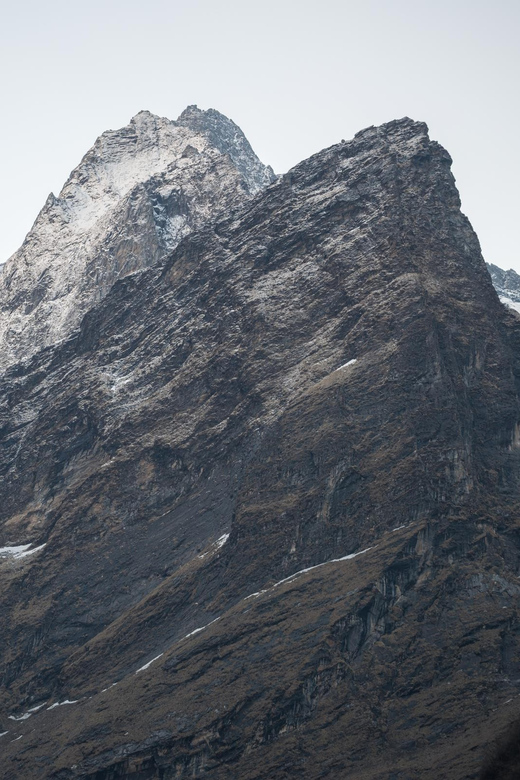
The Nar Phu Valley Trek excludes several items, including international flights and Nepal visas.
Travelers are responsible for their own travel insurance and personal expenses, such as meals in Kathmandu and any emergency costs.
Plus, certain items aren’t allowed on the trek, such as:
- Alcohol
- Drugs
- Electric wheelchairs
These exclusions are in place to ensure the safety and enjoyment of all participants on the challenging Nar Phu Valley Trek.
Trekkers should carefully review the list of included and excluded items before booking their adventure.
Trekking Preparation
Preparing for the Nar Phu Valley Trek requires careful consideration. Trekkers must pack the right gear and supplies to ensure a safe and enjoyable journey. The table below outlines the essential items to bring:
| Item | Essentials | Recommended | Optional |
|---|---|---|---|
| Clothing | Hiking boots, base layers, insulation | Gloves, hat, rain jacket | Casual wear |
| Gear | Backpack, water bottle, trekking poles | Sleeping bag, headlamp, first-aid kit | Camera, power bank |
| Documents | Passport, permits, cash | – | – |
Plus, trekkers should be in good physical condition, as the trail involves high-altitude hiking. Consulting with a healthcare professional before the trek is also recommended. With the right preparation, adventurers can enjoy the stunning landscapes and rich cultural experiences of the Nar Phu Valley.
Best Time to Trek
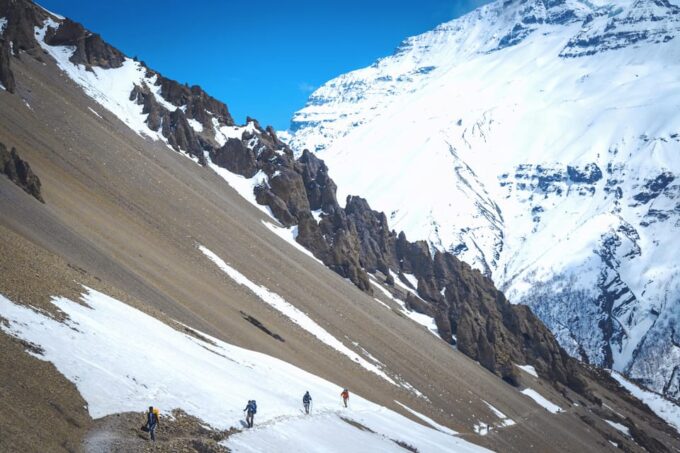
Typically, the best time to embark on the Nar Phu Valley Trek is during the spring (March to May) and autumn (September to November) seasons.
These periods offer mild temperatures, clear skies, and minimal rainfall, making for an optimal trekking experience. The winter (December to February) season is also viable, but trekkers should be prepared for colder conditions and potential snowfall.
Conversely, the monsoon season (June to August) is generally not recommended due to increased precipitation and potential landslides.
Some key considerations for the best time to trek include:
- Ideal weather conditions for trekking
- Minimal disruptions from seasonal events
- Availability of trekking permits and services
Frequently Asked Questions
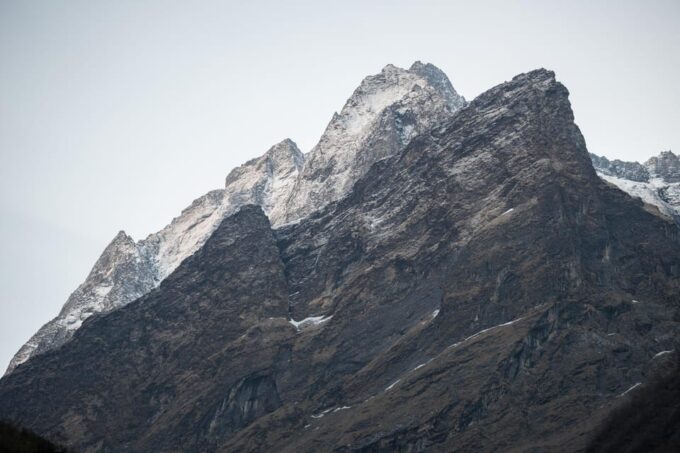
Are There Any Restrictions on Group Size for This Trek?
There are no explicit group size restrictions for this trek, but the tour operator recommends small groups of 2-8 trekkers to ensure a more personalized and enjoyable experience. The group size may also be limited by availability of porters and lodging.
Can I Rent or Purchase Trekking Equipment in Kathmandu?
Yes, trekkers can rent or purchase trekking equipment in Kathmandu. The city has many shops that offer a wide range of high-quality gear, from hiking boots to sleeping bags, at reasonable prices for the Nar Phu Valley Trek.
How Much Time Should I Allocate for Acclimatization?
The itinerary allocates a full day for acclimatization in Phu Gaon (4,080m). This is important to allow the body to adjust to the high altitude and prevent altitude sickness. Proper acclimatization is crucial for a safe and enjoyable trek.
What Is the Average Daily Trekking Distance and Duration?
The average daily trekking distance ranges from 5-7 hours, covering around 10-15 km. Trekking times may vary depending on individual fitness levels and acclimatization, but generally, the trek involves moderate daily hiking through the Nar Phu Valley region.
Can I Extend or Modify the Itinerary for This Trek?
The trek itinerary can be extended or modified, but it’s best to consult the tour operator. They can advise on feasible changes that won’t compromise the trek’s safety and quality while accounting for individual preferences and abilities.
Recap
The Nar Phu Valley Trek offers an exceptional opportunity to take in the captivating Tibetan culture and witness the breathtaking landscapes of the Annapurna region. This 9-night, 10-day adventure challenges trekkers with the Kang La Pass crossing, while rewarding them with unforgettable experiences in remote villages and monasteries. With professional guidance and support, this trek seamlessly blends cultural insights and natural beauty for an extraordinary journey through Nepal’s stunning wilderness.
You can check availability for your dates here:More Hiking & Trekking Tours in Pisang
More Tour Reviews in Pisang
Not for you? Here's more things to do in Pisang we have recnetly reviewed
- 2 Best Guided Tours In Pisang
- 12 Best Hiking And Trekking Tours In Pisang
- 15 Days TilichoLake & Annapurna Circuit Trek: From Kathmandu
- Tilicho Lake & Mesokanto Pass Trek: A 14-Day Adventure
- 15 Days Annapurna Circuit & Tilicho Lake Trek From Kathmandu
- From Pokhara : 10 Day Mystical Annapurna Circuit Trek
- A 14-Day Tilicho Lake and Mesokanto Pass Trek Adventure
- Annapurna Circuit Trek
- Tilicho Lake Trek With Thorangla Pass
- From Kathmandu Budget: 8 Day Private Annapurna Circuit Trek
- Kathmandu: 11 Days Annapurna Circuit Trek With Thorong La
- Pisang Peak Peak Climbing
